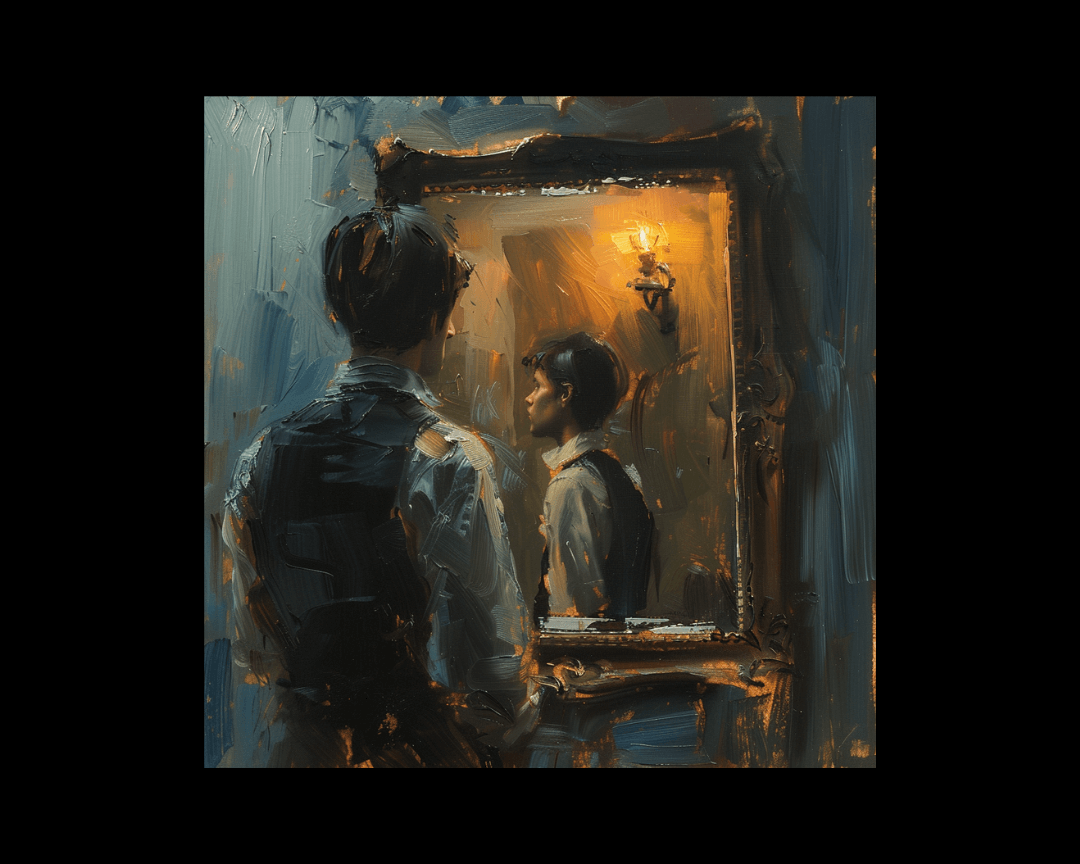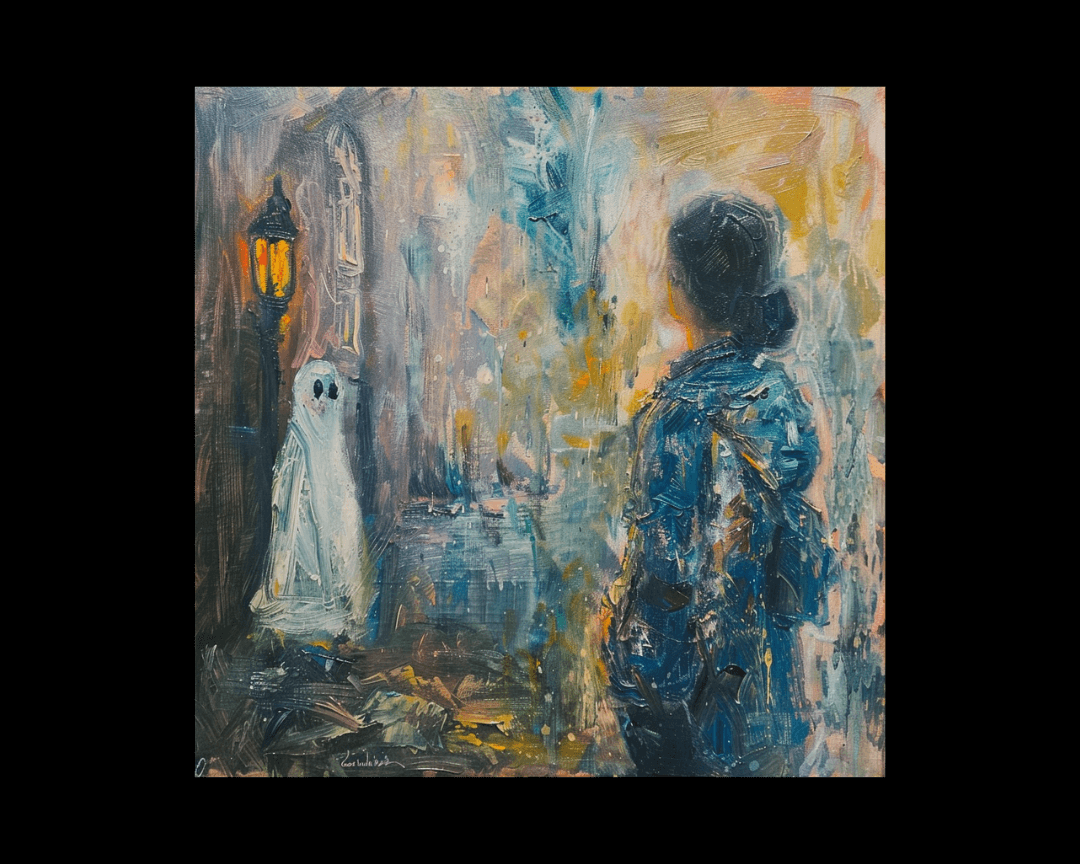Capturing a Complex Protagonist
The craft of creating a protagonist—of birthing a character vivid and fully formed enough to arrest a reader's attention and haunt their...

In the realm of fiction, character reigns supreme. Readers experience the triumphs and tragedies, the loves and losses, the grand adventures and quiet moments that make up the tapestry of a tale through the lens of our imagined souls. And yet, for all the care we lavish upon our characters' appearance and actions, how often do we neglect the most vital aspect of their being? I speak, of course, of voice.
Voice is a character's ineffable essence, the singular quality that sets them apart from the teeming masses of humanity. It is not merely a matter of accent or vocabulary, though these play their part.
No, voice is something more profound, more primal. It is the way a character's very thoughts and feelings are given form through language, the unique cadence and rhythm of their inner life made manifest.
Continue reading to understand how a unique voice brings characters to life.
To craft a truly distinctive voice for a character, one must first understand the elements that shape it. These building blocks are as varied and complex as the human experience, a tapestry woven from the threads of personality, culture, knowledge, and worldview.
Personality, that innate constellation of traits and tendencies, is perhaps the most obvious of these elements. An introvert will speak differently than an extrovert, a pessimist, or an optimist. But personality is only the beginning. Culture, too, plays a profound role in shaping voice. The language, customs, and values of a character's society will inevitably color their perception and expression.
Experience, both past and present, leaves its indelible mark upon the psyche. A character who has known great sorrow will speak with a different weight than one untouched by grief. A child of privilege will have a different perspective than one raised in poverty. And worldview, that ultimate lens through which we make sense of existence, will tint every word and thought with its unique hue.
With these building blocks in place, crafting voice becomes one of both external expression and internal reflection. Externally, voice manifests through a character's words and how they wield language to navigate the world around them.
Diction and syntax, accent and idiom—these are the tools of external voice. A character may speak in clipped, staccato bursts or languid, flowing sentences. They may pepper their speech with slang and jargon or opt for the precision of academic language. They may mumble, shout, whisper, or sing. Every choice and inflection is a brushstroke in the portrait of their being.
But the true power of voice lies in the internal, in the ceaseless monologue of the mind. In the unspoken thoughts and unvoiced feelings, a character's most authentic self emerges. Stream of consciousness, interior monologue, the flash of memory, and the pang of emotion are the currents that carry us into the depths of a character's psyche.
The interplay between external and internal voice gives a character their singular presence on the page. When crafted with skill and sensitivity, the voice becomes a kind of music, a leitmotif that weaves through the narrative, revealing character in every line.
Consider the difference between a character who speaks in terse, tightly wound sentences but whose thoughts are a swirl of doubt and insecurity or one whose external voice is all bravado and charm. At the same time, their internal monologue seethes with resentment and self-loathing—these dissonances and tensions between the mask and the face beneath make a character come alive.
However, voice is not merely a tool for revealing character; it is also a means of shaping the very fabric of the story. How a character perceives and describes the world around them will color the reader's experience of that world. A character with a poetic soul will imbue even the most mundane scenes with beauty and meaning, while one with a cynical streak casts everything in a harsher light.
Of course, crafting a voice is no simple matter. It requires deep empathy and a willingness to inhabit another's heart and mind. It demands a keen ear for the music of language and an understanding of how words can be used to evoke emotion and convey meaning.
Above all, it requires nuance. A character's voice should never be a caricature, a collection of quirks and catchphrases. It should be as complex and contradictory as the human soul, a thing of shades, shadows, depths, and dimensions.
This is the challenge and joy of the writer's craft—to create characters so vivid, so achingly real that they seem to breathe upon the page. It all begins with voice, with that ineffable spark that makes a character more than mere words on a page but a living, breathing presence in the reader's mind.
So, let this be a rallying cry for all who would wield the pen in service of the human spirit. Let us plunge into the depths of our psyches, the swirling chaos of our thoughts and feelings, and emerge with characters as real and vital as the people we pass on the street.
In the end, this is the true power of fiction - to give voice to the voiceless, make tangible the ineffable, and render in stark and shining prose the very essence of what it means to be alive. So, let us embrace this power and privilege and wield it with all the craft and courage at our command.
Let us write characters who live and breathe, love and hate, hope and despair. Let us give them voices that echo in the mind and heart long after the final page is turned. Let us, in short, create.

The craft of creating a protagonist—of birthing a character vivid and fully formed enough to arrest a reader's attention and haunt their...

In the realm of fiction, conflict reigns supreme. It is the engine that drives the narrative, the spark that ignites the reader's imagination. While...

In the tapestry of a character's life, the threads of the past often weave the most intricate patterns. These threads, these echoes of old pains and...